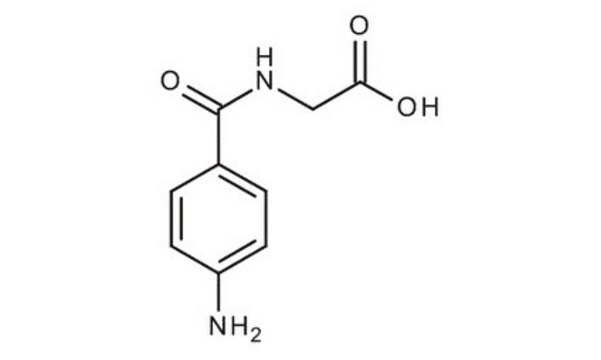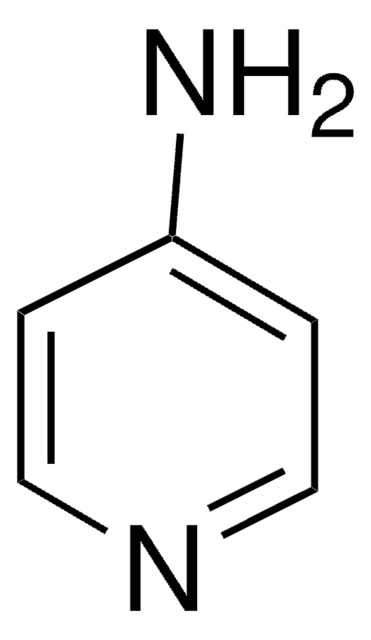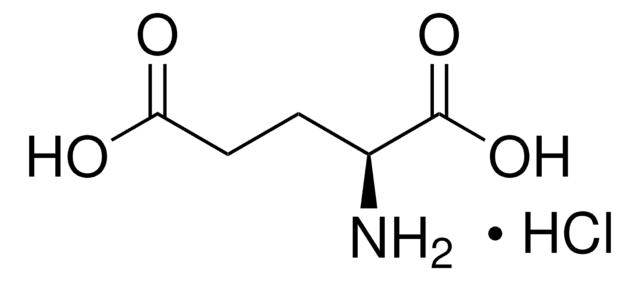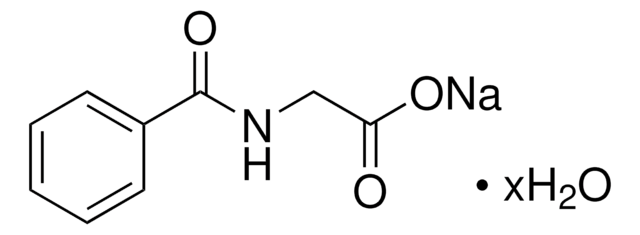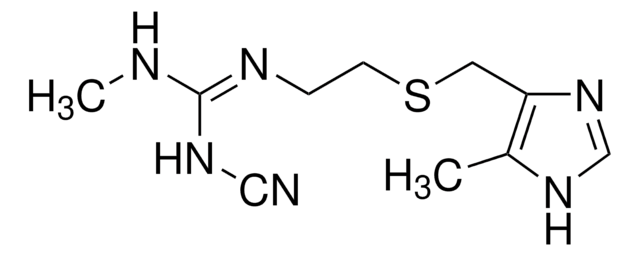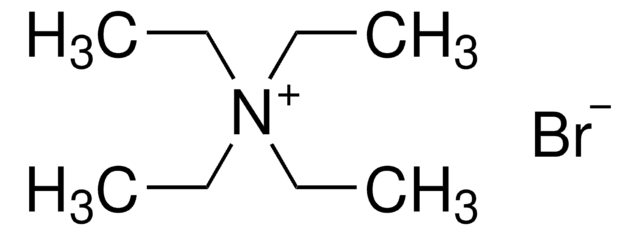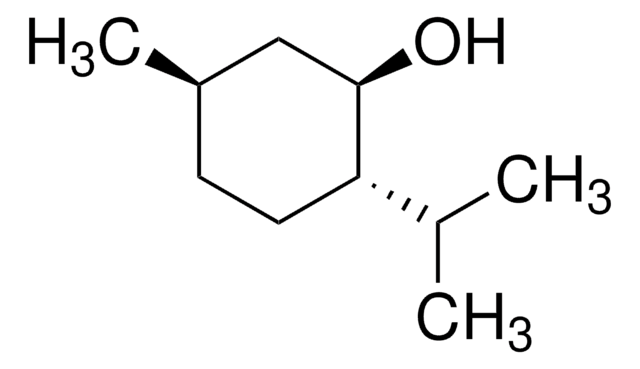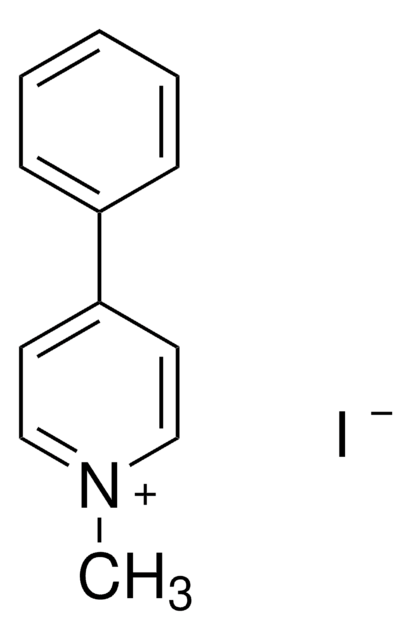A1422
p-Aminohippuric acid
≥99%
Synonym(s):
4-Aminohippuric acid, N-(4-Aminobenzoyl)glycine
Sign Into View Organizational & Contract Pricing
All Photos(1)
About This Item
Linear Formula:
NH2C6H4C(O)NHCH2COOH
CAS Number:
Molecular Weight:
194.19
Beilstein:
1213676
EC Number:
MDL number:
UNSPSC Code:
12352209
eCl@ss:
32160406
PubChem Substance ID:
NACRES:
NA.26
Recommended Products
Product Name
p-Aminohippuric acid, ≥99%
Quality Level
Assay
≥99%
form
powder
mp
199-200 °C (dec.) (lit.)
application(s)
cell analysis
storage temp.
room temp
SMILES string
Nc1ccc(cc1)C(=O)NCC(O)=O
InChI
1S/C9H10N2O3/c10-7-3-1-6(2-4-7)9(14)11-5-8(12)13/h1-4H,5,10H2,(H,11,14)(H,12,13)
InChI key
HSMNQINEKMPTIC-UHFFFAOYSA-N
Looking for similar products? Visit Product Comparison Guide
General description
Renal tubules secretes para amino hippuric acid/PAH.
Application
p-Aminohippuric acid has been used as infusions to measure plasma flow.
Biochem/physiol Actions
Para-Aminohippuric acid (PAH), OAT-1 specific, is used to help differentiate and characterized organic anion transporter (OAT) isoforms.
Para-aminohippuric acid (PAH) is used as a marker in nutrition studies to measure the flow of blood in pigs, which inturn helps to determine the portal-drained viscera (PDV) flux of nutrients.
Storage Class Code
11 - Combustible Solids
WGK
WGK 3
Flash Point(F)
Not applicable
Flash Point(C)
Not applicable
Personal Protective Equipment
dust mask type N95 (US), Eyeshields, Gloves
Choose from one of the most recent versions:
Already Own This Product?
Find documentation for the products that you have recently purchased in the Document Library.
Customers Also Viewed
Influence of para-aminohippuric acid analysis on net portal-drained viscera flux of nutrients in pigs
Fernandez-FI, et al.
Animal : An International Journal of Animal Bioscience, 12(2), 232-238 (2018)
Glomerular Filtration
Quantitative Human Physiology, 633-641 (2012)
Intragastric bolus feeding of meals containing elementary, partially hydrolyzed or intact protein causes comparable changes in interorgan substrate flux in the pig
Deutz NEP, et al.
Clinical Nutrition (Edinburgh, Scotland), 15(3), 119-128 (1996)
Effect of prolonged hyperdynamic endotoxemia on jejunal motility in fasted and enterally fed pigs
Bruins MJ, et al.
Annals of Surgery, 237(1), 44-44 (2003)
Chi Chun Wong et al.
Biochemical pharmacology, 81(7), 942-949 (2011-01-20)
Flavonoids are conjugated by phase II enzymes in humans to form glucuronidated and sulfated metabolites that are excreted in urine via the kidney. In this study, we examined the interaction between metabolites of quercetin and isoflavonoids found in vivo with
Our team of scientists has experience in all areas of research including Life Science, Material Science, Chemical Synthesis, Chromatography, Analytical and many others.
Contact Technical Service